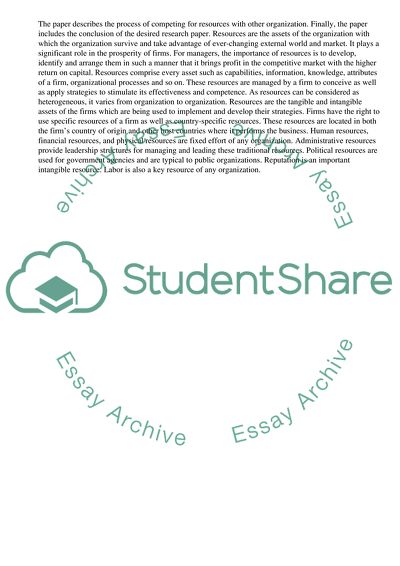Cite this document
(The Significance of the Resources in Different Stages of Business Life Research Paper - 1, n.d.)
The Significance of the Resources in Different Stages of Business Life Research Paper - 1. Retrieved from https://studentshare.org/business/1747910-organizational-theory
The Significance of the Resources in Different Stages of Business Life Research Paper - 1. Retrieved from https://studentshare.org/business/1747910-organizational-theory
(The Significance of the Resources in Different Stages of Business Life Research Paper - 1)
The Significance of the Resources in Different Stages of Business Life Research Paper - 1. https://studentshare.org/business/1747910-organizational-theory.
The Significance of the Resources in Different Stages of Business Life Research Paper - 1. https://studentshare.org/business/1747910-organizational-theory.
“The Significance of the Resources in Different Stages of Business Life Research Paper - 1”, n.d. https://studentshare.org/business/1747910-organizational-theory.


